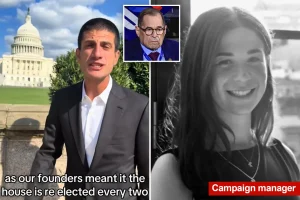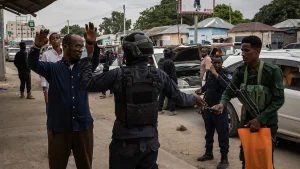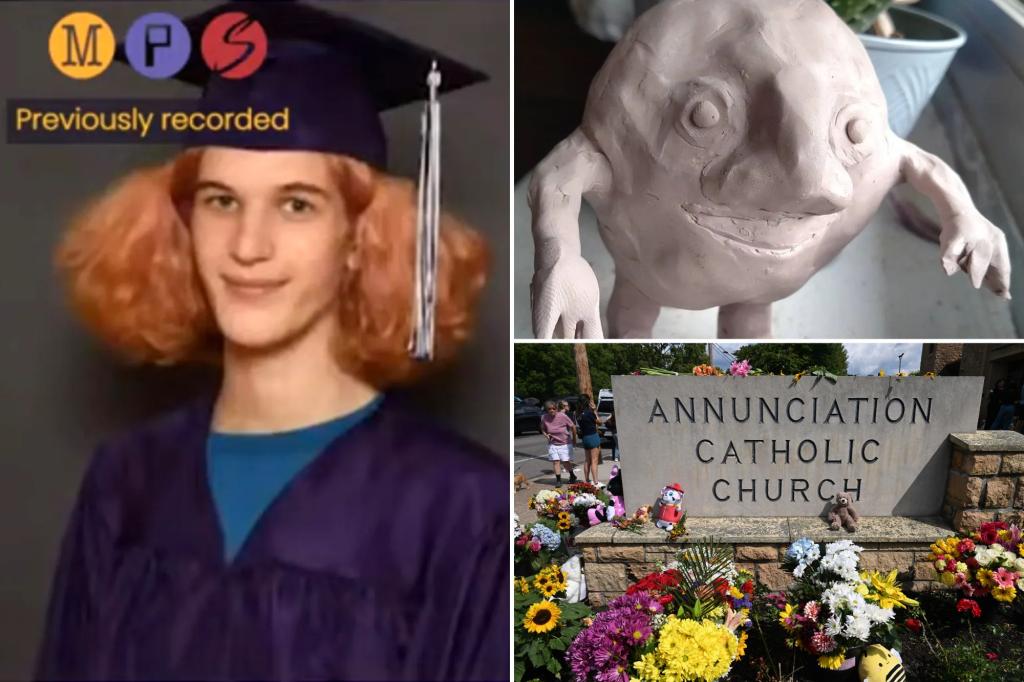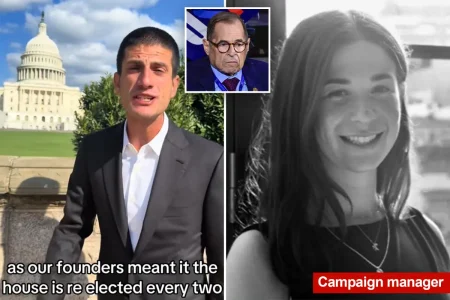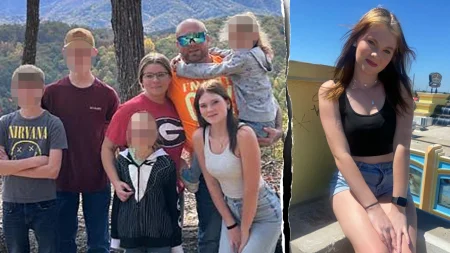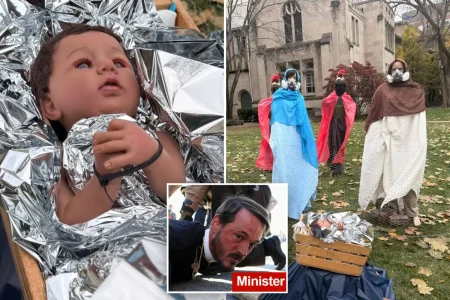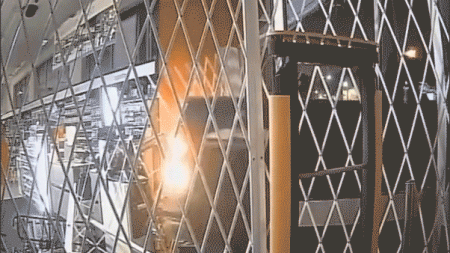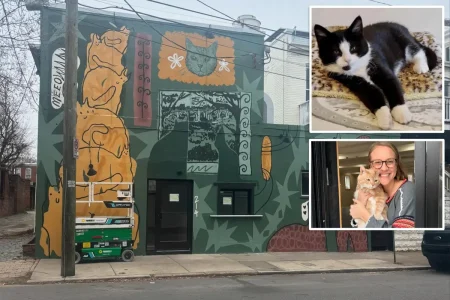Echoes of Warning: A Teacher’s Unheeded Concerns About the Minnesota Church Shooter
In the aftermath of the tragic shooting at Annunciation Church in Minnesota, a former teacher of the perpetrator, Robin Westman, has come forward with a haunting revelation. Sarah Reely, an art educator who taught Westman during the shooter’s time at an all-boys military-style high school before transitioning to a woman, shared that she had noticed troubling signs years ago. “Back when Robin still went by the nickname Bob, I knew this was a kid who needed help,” Reely wrote on social media, alongside a photo of an unusual sculpture Westman had created under her guidance. The educator described her former student as “definitely odd,” someone who “was really into furries and odd artwork and said some odd things.” While Reely emphasized that Westman wasn’t violent toward others to her knowledge, the student struggled to fit in within the conservative school environment. Recognizing this, Reely deliberately sought to build a relationship with Westman, seeing a vulnerable young person in need of connection.
What troubles Reely most in hindsight was the evidence of self-harm she observed on Westman’s arms during their time together at school. She reported these concerning signs, believing they indicated a “need for help.” Self-harm, in Reely’s understanding, represents “either a cry for help, an indication of self-hate, or both. But it’s always a sign something is wrong.” However, it remains unclear whether the school took any meaningful action before Westman transferred out and “vanished” from Reely’s sphere of influence. When asked by local media if warning signs had been missed, Reely offered a measured response: “I don’t know if they were missed. I noticed. I think it’s a lack of preparation, a lack of knowing what to do, a lack of resources.” This statement illuminates a critical gap that exists in many educational settings—recognizing signs of distress is only effective when followed by appropriate intervention protocols and available mental health resources.
Westman’s educational journey appears to have been marked by instability and transitions. Before attending what online records suggest was Saint Thomas Academy (where Reely taught), Westman briefly attended Minnesota Transitions Charter School, an institution specifically designed for students struggling in traditional academic environments. Even there, Westman’s stay lasted just three months. An administrator from that school told the Star Tribune simply, “It just didn’t work out. That happens with a lot of kids who come here. There were no behavior things that we know about.” Eventually, Westman graduated from Southwest High School in Minneapolis in 2021. Perhaps most poignant is the revelation that Westman had at one time attended Annunciation Church and Catholic School—the very place that would later become the scene of unimaginable violence.
The devastating consequences of the shooting have left a community in mourning and searching for answers. When Westman opened fire at Annunciation Church just before 8:30 a.m., the attack claimed the lives of two young children: 8-year-old Fletcher Merkel and 10-year-old Harper Moyski, who were praying in the pews when bullets shattered the church’s stained glass windows. The violence didn’t end there—several other victims, including 12-year-old Sophie Forchas and 13-year-old Endre Gunter, remained in critical condition in the hospital following the attack. Investigators recovered more than 116 shell casings from the scene, indicating the intensity and duration of the assault on this place of worship. The magnitude of this tragedy has prompted deeper questions about how someone could reach such a breaking point, and what interventions might have altered this trajectory.
For educators like Reely, the situation exemplifies one of the most painful aspects of teaching—the inevitable separation from students who may still be struggling. “One of the hardest parts about being a teacher is knowing that once students leave our doors, we’ll never see or hear from many of them ever again,” she wrote. “Every teacher has a list in their hearts of former students they always think about and hope they are okay. ‘Bob’ (Robin) was on my list.” This sentiment captures the profound connection many teachers feel toward their students, particularly those they recognize as vulnerable. When approached for further comment, Reely declined, stating she had “already said what I needed to say” and was focusing on preparing lessons for the upcoming school year—a reminder that even amid tragedy, the essential work of education must continue.
This case highlights critical gaps in our mental health support systems, particularly for young people experiencing identity struggles and showing signs of emotional distress. Westman’s story—from a student exhibiting self-harm and social difficulties to becoming the perpetrator of a devastating attack years later—raises urgent questions about early intervention, appropriate resources for troubled youth, and the continuity of care when students transfer between educational institutions. While we cannot know whether different responses to those early warning signs would have prevented this tragedy, Reely’s account serves as a sobering reminder of the importance of taking such indicators seriously and ensuring that comprehensive support systems are in place. As communities mourn the innocent lives lost and pray for those still fighting for recovery, this tragedy underscores the vital need for strengthened mental health awareness, resources, and intervention protocols in our schools and beyond.
